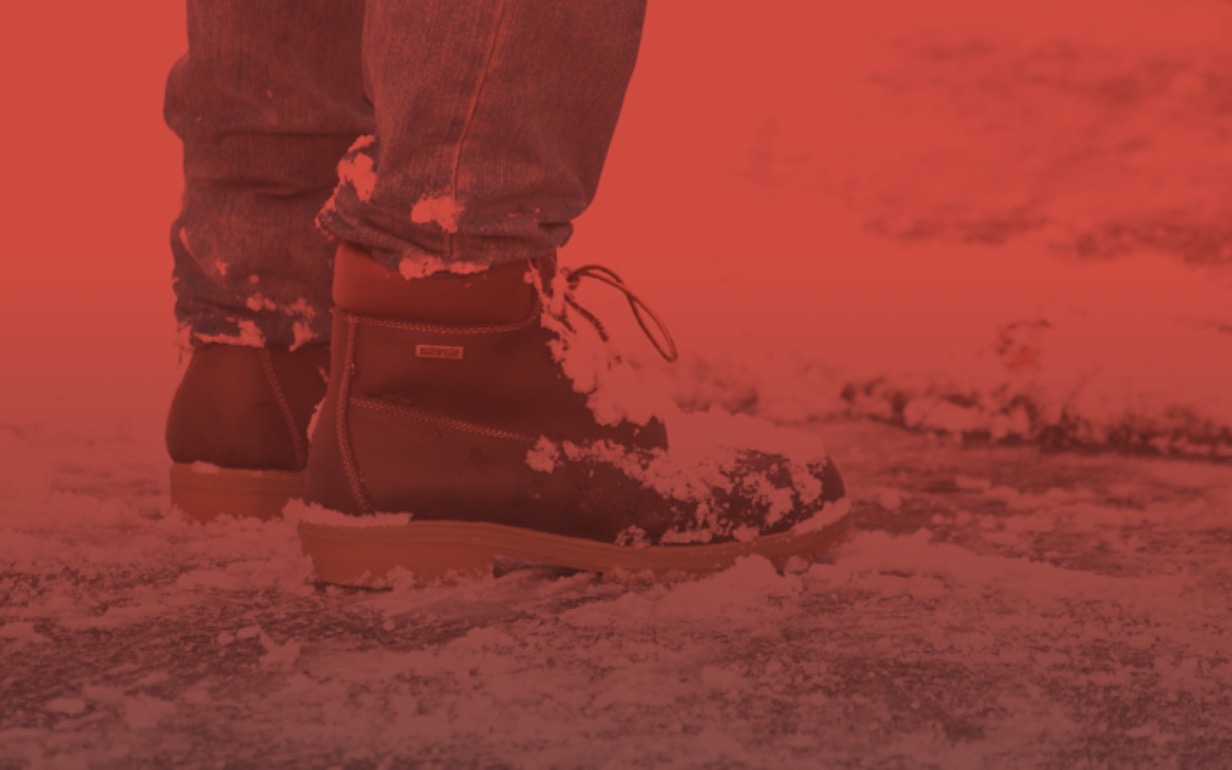The purpose of this plan is to describe the causes, symptoms, treatment and/or prevention of cold-related illness and injuries.
Content Preview
Cold Stress |
Revision: | 0 | |||
| Date: | 1/7/2026 | ||||
| Prepared by: | |||||
| Approved by: | |||||
1.0 PURPOSE
To describe the causes, symptoms, treatment and/or prevention of cold-related illness and injuries.
2.0 SCOPE
This section applies to all _____ operating units.
3.0 POLICY
_____ recognizes that work must be performed in various weather conditions, including cold climates. In order to minimize cold related illnesses and injuries, site supervisors will be made aware of the symptoms of cold stress and the environmental conditions that lead to cold-related illnesses and/or injuries, and the steps necessary to prevent their occurrence.
4.0 GENERAL INFORMATION
4.1
When the temperatures of the surrounding air or water are much colder than the worker's body temperature, the body's physical processes must increase to maintain a thermal balance. Shivering is one method in which a body is attempting to generate heat.
Shivering, pain, and numbness are not trustworthy indicators of cold exposures, because prolonged cold exposure numbs all of the body's sensations. Wind chill temperature is a better means of evaluation as it takes into account the winds ability to strip heat from the body through convection.
Subscribe to the All-Access Membership or purchase this plan a la caret to access the full contents...
Ready to Start Your Safetly Plan?
Create a Cold Stress plan for your organization in just a few show steps.

